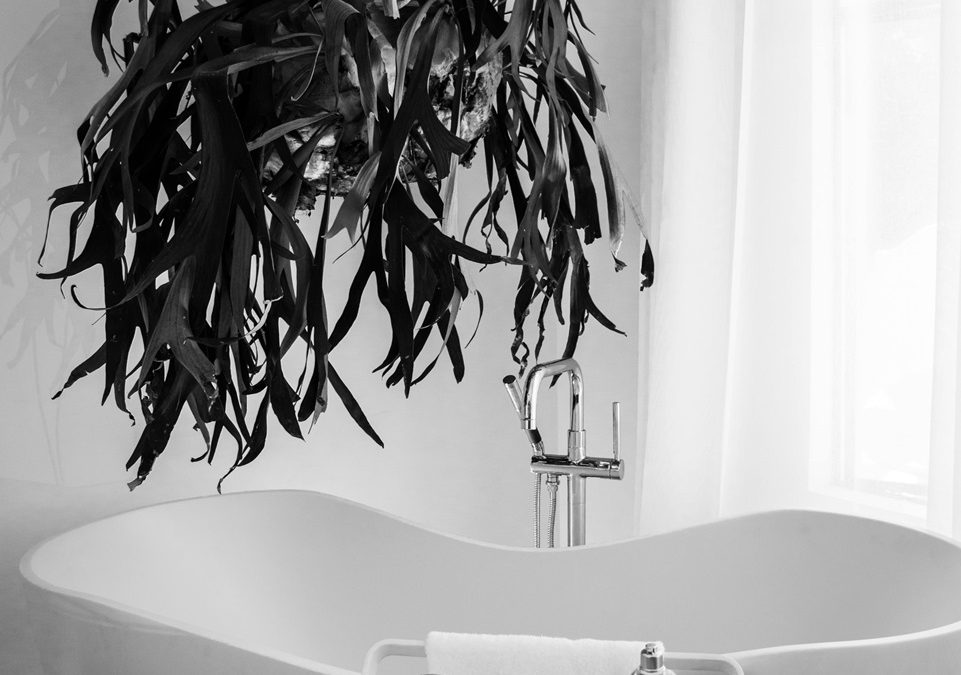Introduction to Stone Bath Installation
Elevating your bathroom with a freestanding oval stone bath can add an element of luxury and sophistication. However, the installation process involves careful planning and meticulous attention to detail to ensure everything is executed flawlessly. This article provides key insights and practical advice for homeowners looking to embark on this transformative journey.
Assessing the Space
Begin by evaluating the designated space within your bathroom. Freestanding baths require ample room for not only the fixture but also for accessibility and maintenance around it. Measure the area thoroughly and consider any additional space needed for installation and future repairs. The chosen spot must comfortably accommodate the bath without crowding the room.
The Foundation Matters
Stone baths are significantly heavier than their acrylic or fiberglass counterparts. Before placing a freestanding oval stone bath, verify the strength of your existing flooring. It may be necessary to reinforce the floor to support the bath’s weight, especially in older homes where the flooring might not be equipped to handle such loads. Consulting with a structural engineer can provide you with a tailored solution and peace of mind.
Plumbing Essentials
Addressing the plumbing early in the planning stage is crucial. Since the pipes and drainage will need to be accurately positioned to match the bath’s specific configuration, working with an experienced plumber is advisable. This ensures that all water connections are secure, and the waste system is efficient, preventing any future leaks or water damage.
Choose the Right Materials
Selecting the appropriate materials for your bath is not only about aesthetics but also about ensuring longevity and ease of maintenance. Stone baths can be crafted from various materials, each offering unique benefits and challenges. Researching these materials will help you make an informed decision that aligns with your bathroom’s style and functionality needs.
Professional Installation
The complexity of installing a stone bath often surpasses that of standard baths due to its weight and the intricacies of stone material. Hiring professionals who specialize in stone bath installations can prevent costly mistakes and ensure that the bath is installed safely and correctly. This is not just advisable; it’s essential.
Checking for Level
Once the bath is in place, ensure it is perfectly level. An unbalanced bath can lead to water pooling and uneven pressure on certain parts of the bath, which might cause damage over time. Professionals typically use a spirit level to check this, making necessary adjustments to the bath’s positioning if needed.
Sealing and Finishing
Applying a high-quality sealant around the bath is vital to protect both the stone and the surrounding floor from water damage. The type of sealant will depend on the stone material but should always be waterproof and mildew-resistant. Additionally, finishing touches such as trim or caulking can enhance the bath’s appearance and ensure a seamless fit within the bathroom.
Regular Maintenance
Maintaining your stone bath is key to preserving its beauty and functionality. Regular cleaning with the right products is necessary to avoid staining and scratching the surface. Additionally, periodic checks of the plumbing and sealant can help catch and resolve any issues before they escalate.
Final Thoughts
Installing a freestanding oval stone bath requires significant preparation, proper materials, and professional assistance. By following these guidelines, homeowners can enjoy the luxury of a stone bath with the confidence that it has been installed to the highest standard. Remember, a successful installation is the cornerstone of enjoying this elegant bathroom centerpiece for years to come.
Photo by Luis Ruiz: https://www.pexels.com/photo/grayscale-photography-of-bathtub-near-window-1416244/

Recent Comments